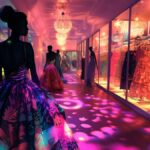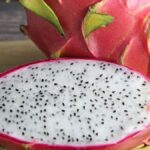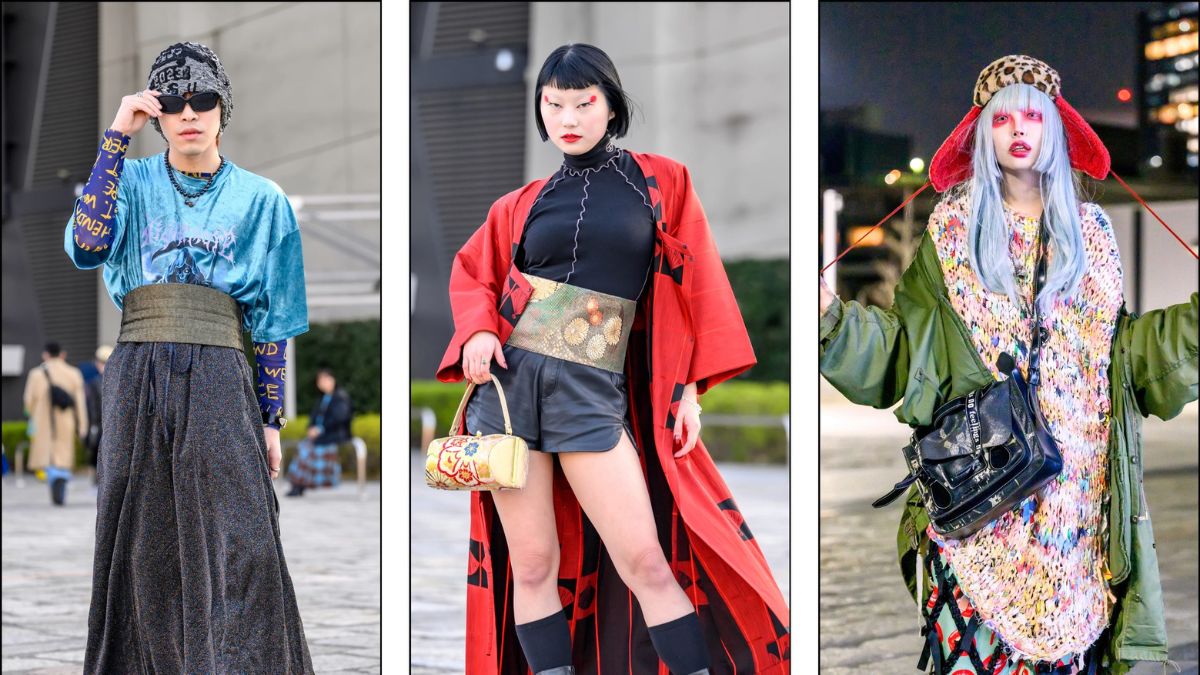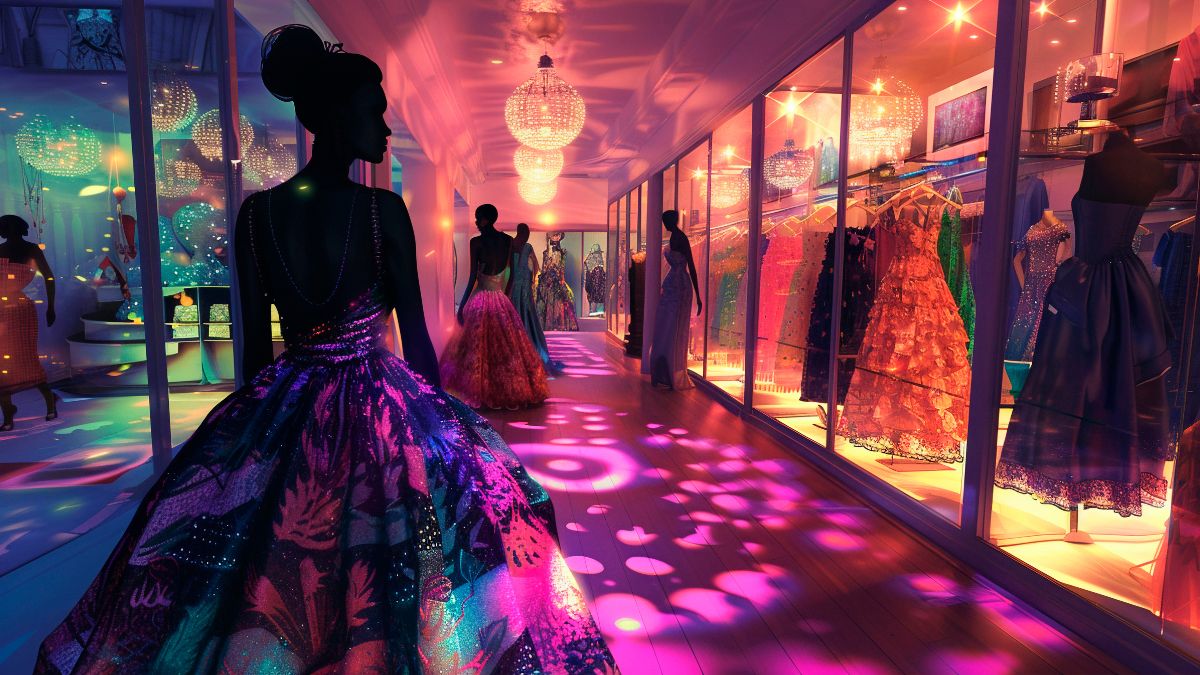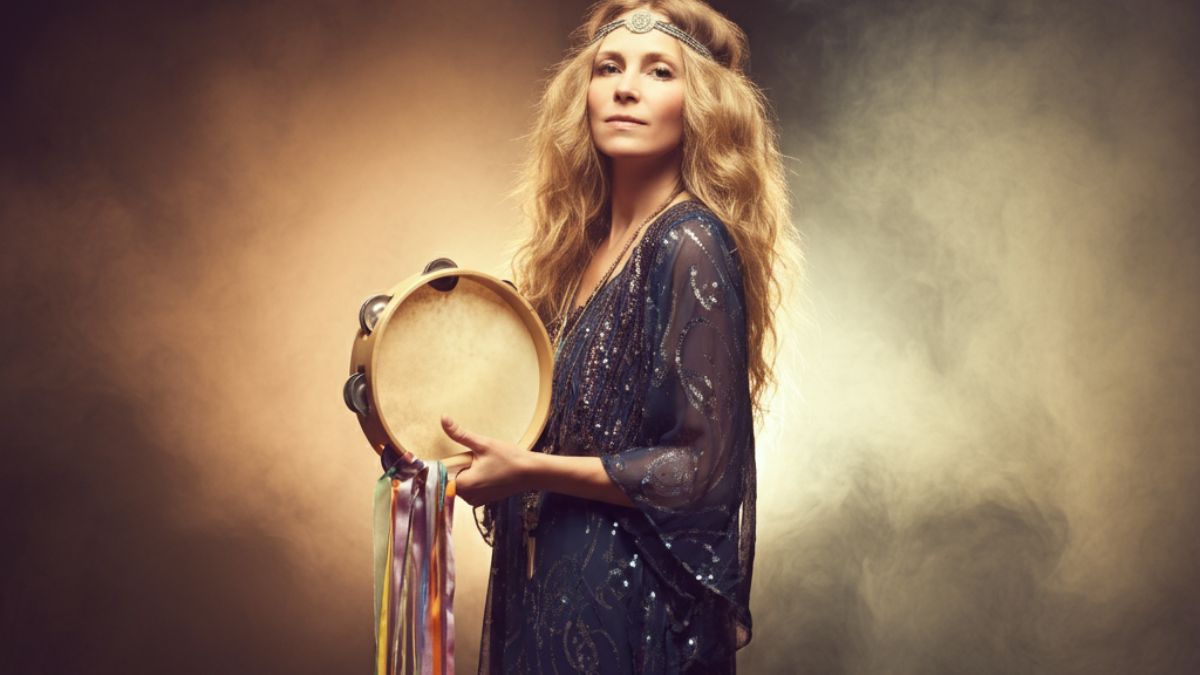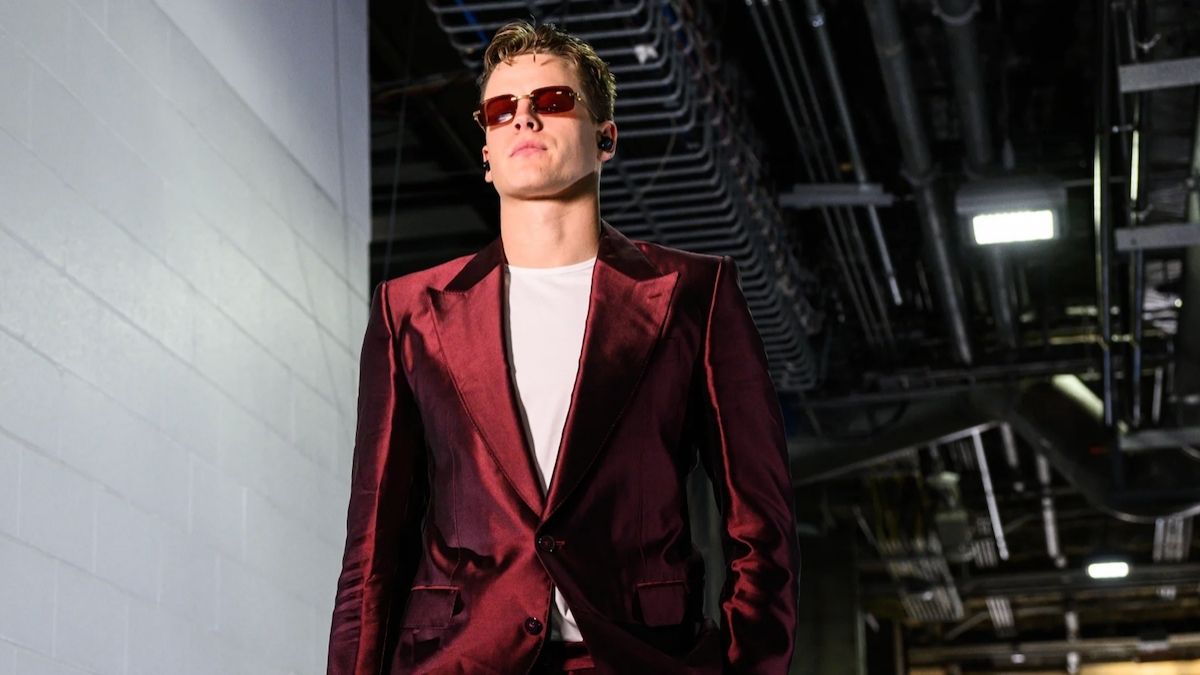Japanese fashion is renowned worldwide for its creativity, diversity, and boldness. From traditional kimonos to avant-garde streetwear, Japan has influenced global fashion trends for decades. Whether you’re into Harajuku’s vibrant styles or the minimalist elegance of Mori Kei, Japanese fashion offers something for everyone.
In this comprehensive guide, we’ll explore the most popular Japanese fashion styles, their origins, key elements, and how you can incorporate them into your wardrobe.
1. Traditional Japanese Fashion
Kimono & Yukata
The kimono is Japan’s most iconic traditional garment, characterized by its T-shaped design, wide sleeves, and intricate patterns. Worn for formal occasions like weddings and tea ceremonies, kimonos symbolize elegance and cultural heritage.
The yukata is a lighter, casual version made of cotton, often worn during summer festivals. Both garments are secured with an obi (sash) and paired with zori (sandals) or geta (wooden clogs).
Hakama
Originally worn by samurai, hakama are wide-legged trousers paired with a kimono or modern attire. They are popular in martial arts (e.g., kendo) and formal events.
2. Modern Japanese Street Fashion
Japan’s street fashion is a global phenomenon, with Tokyo’s Harajuku district at its heart. Here are the most influential styles:
Harajuku Fashion
Harajuku is the epicenter of experimental fashion, blending kawaii (cute), punk, and fantasy elements. Key sub-styles include:
-
Decora: Bright colors, excessive accessories, and layered clothing.
-
Fairy Kei: Pastel hues, vintage toys, and dreamy aesthetics.
-
Lolita Fashion: Inspired by Victorian and Rococo fashion, featuring frilly dresses, petticoats, and lace.
Gyaru Style
Gyaru (gal) fashion emphasizes tanned skin, dramatic makeup, and flashy outfits. Subcategories include:
-
Ganguro: Extreme tan, blonde hair, and neon colors.
-
Kogal: Schoolgirl-inspired skirts, loose socks, and platform shoes.
Visual Kei
Originating from Japanese rock bands, Visual Kei features androgynous looks, heavy makeup, and dramatic hairstyles.
3. Minimalist & Casual Japanese Fashion
Mori Kei (Forest Girl Style)
Mori Kei (“forest style”) embraces a natural, earthy aesthetic with loose layers, neutral tones, and vintage accessories. Think oversized sweaters, long skirts, and floral prints.
Normcore & Uniqlo Style
Japanese minimalism focuses on simplicity and functionality. Brands like Uniqlo and Muji promote clean lines, neutral colors, and high-quality basics.
City Boy & City Girl Fashion
Inspired by urban lifestyles, this trend mixes smart-casual pieces like tailored pants, oversized blazers, and sneakers.
4. Subculture & Alternative Japanese Fashion
Cosplay (Costume Play)
Japan is the birthplace of cosplay, where fans dress as anime, manga, or video game characters. Popular at conventions like Comiket, cosplay is a major part of otaku culture.
Cyberpunk & Techwear
Futuristic fashion with neon colors, metallic fabrics, and high-tech accessories. Inspired by sci-fi and dystopian themes.
Bōsōzoku (Biker Gang Style)
A rebellious style featuring tokkou-fuku (modified school uniforms), baggy pants, and combat boots.
5. How to Incorporate Japanese Fashion into Your Wardrobe
-
Start with basics: Try Uniqlo’s minimalist pieces.
-
Experiment with layers: Mix textures like lace, denim, and knitwear.
-
Accessorize: Add hair clips, statement bags, or bold shoes.
-
Blend styles: Pair a kimono jacket with jeans for a fusion look.
Conclusion
Japanese fashion is a dynamic blend of tradition and innovation. Whether you love the elegance of a kimono or the boldness of Harajuku streetwear, there’s a Japanese style for every personality. By understanding these trends, you can curate a unique wardrobe that stands out.


